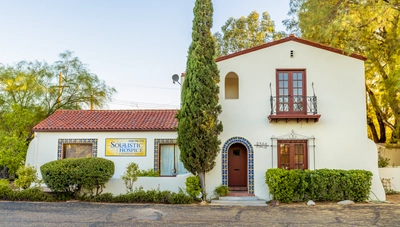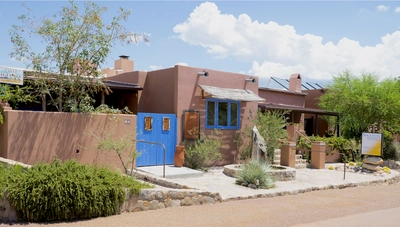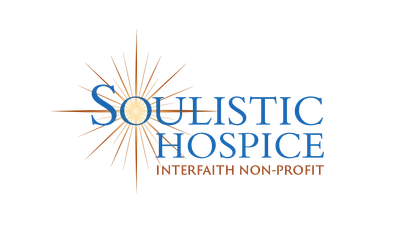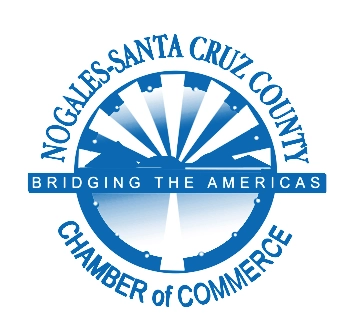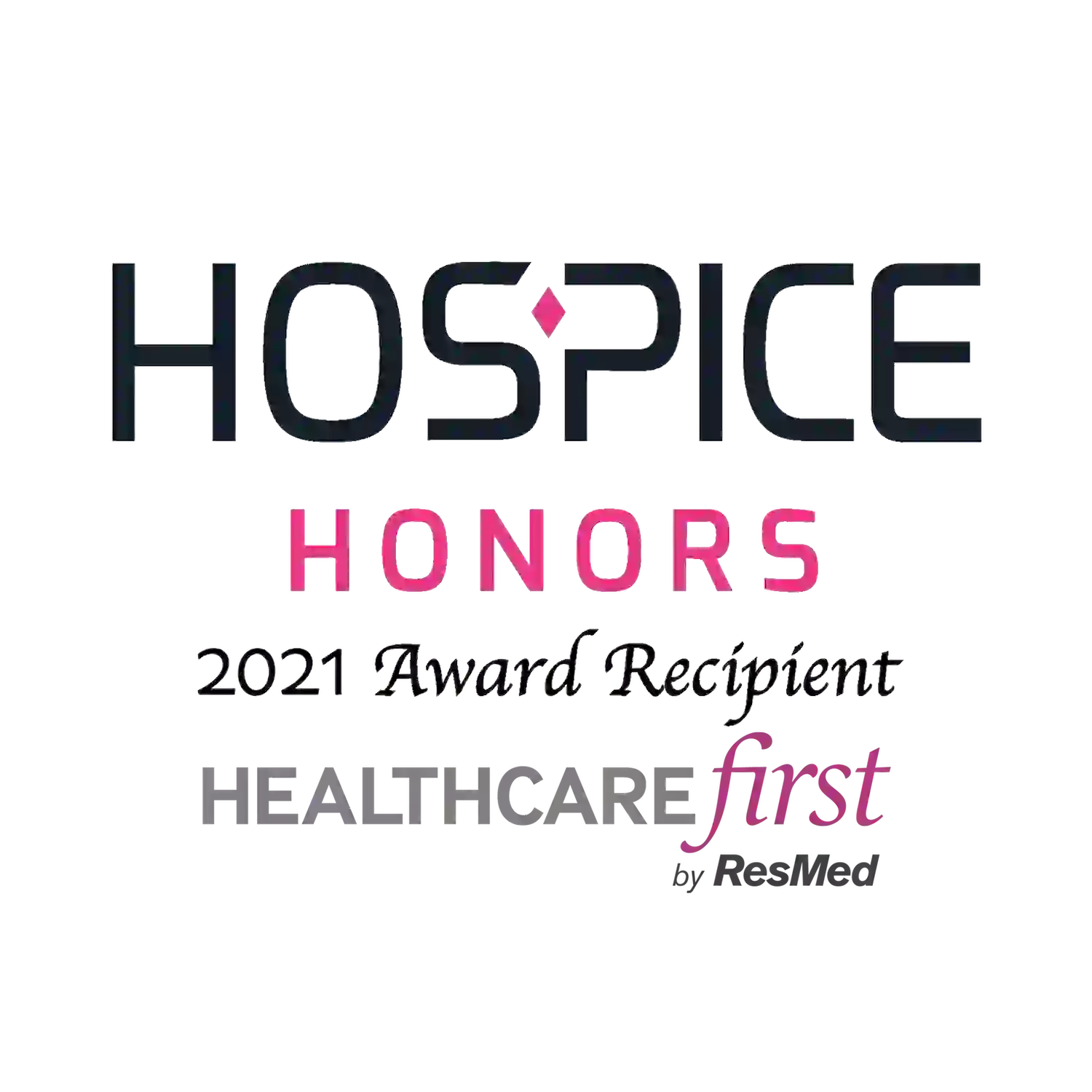
[BANNER]
When someone you love passes away, grief makes the simplest tasks feel overwhelming. Searching through scattered documents, trying to remember passwords, or figuring out which bills need immediate attention adds unnecessary stress during an already difficult time. Creating an in-case-of-death binder is a wise yet compassionate gift to your family—a roadmap that provides clarity when emotions run high and rational thoughts run low.
An in-case-of-death binder contains all the essential information your loved ones need to handle your affairs. Think of it as a comprehensive reference guide that eliminates guesswork and reduces the burden on those left behind. While the topic might feel uncomfortable to address, taking time to organize these details demonstrates profound care for your family’s well-being. Let’s look at how to build an in-case-of-death binder for your family and how to approach such difficult circumstances with love and grace.
Why Every Family Needs an In-Case-Of-Death Binder
Modern life generates countless digital accounts, financial obligations, and legal documents. Without proper organization, your family might spend months piecing together your affairs while dealing with their loss. An in-case-of-death binder prevents this additional heartache by providing immediate access to critical information.
Consider the practical challenges your family would face: locating your will, understanding your financial accounts, knowing which bills require immediate attention, or accessing your digital assets. These tasks become exponentially more difficult without clear documentation and guidance.

What Documents To Include in Your Binder
Your binder should contain copies of essential documents, with originals stored in a safe deposit box or fireproof safe. Include your birth certificate, marriage certificate, divorce decree (if applicable), and Social Security card. Add copies of your driver’s license, passport, and military discharge papers if you served.
Legal documents deserve their own section. Include your will, trust documents, power of attorney designations, and advance healthcare directives. If you have guardianship papers for minor children or dependents, add those as well.
Insurance policies need careful documentation. Include life insurance, health insurance, auto insurance, homeowner’s or renter’s insurance, and any specialty policies like umbrella coverage or long-term care insurance. For each policy, list the company name, policy number, agent contact information, and beneficiaries.
How To Organize Financial Account Information
Financial documentation forms the backbone of your binder. Create a comprehensive list of all bank accounts, including checking, savings, money market, and certificates of deposit. For each account, record the institution name, account numbers, online login information, and approximate balances.
Investment accounts require similar attention. Document your 401(k), IRA, brokerage accounts, and any other retirement or investment vehicles. Include contact information for financial advisors or investment firms managing these accounts.
Essential Contact Information To Document
Your family will need to notify numerous people and organizations of your passing. Create a contact section with phone numbers and addresses for your attorney, accountant, financial advisor, insurance agents, and healthcare providers.
Include contact information for your employer, including your human resources department and direct supervisor. Add details about your employee benefits, including life insurance through work and retirement account information.
Digital Assets and Online Account Management
Today’s digital world requires special attention to online accounts and digital assets. Create a comprehensive list of all your online accounts, including social media profiles, email accounts, online banking, and subscription services.
For each account, document the username, password, and security questions. Consider using a password manager and including those master credentials in your binder. Don’t forget about digital assets like cryptocurrency wallets, online photo storage, or digital music libraries.
Property and Asset Documentation
Real estate requires thorough documentation. Include property deeds, mortgage information, and contact details for your real estate agent or property manager, if applicable. For rental properties, document lease agreements and tenant contact information.
Personal property with significant value deserves attention, too. List jewelry, artwork, collectibles, or family heirlooms with approximate values and any appraisal documentation. Include information about storage units, safety deposit boxes, or items kept at other locations.
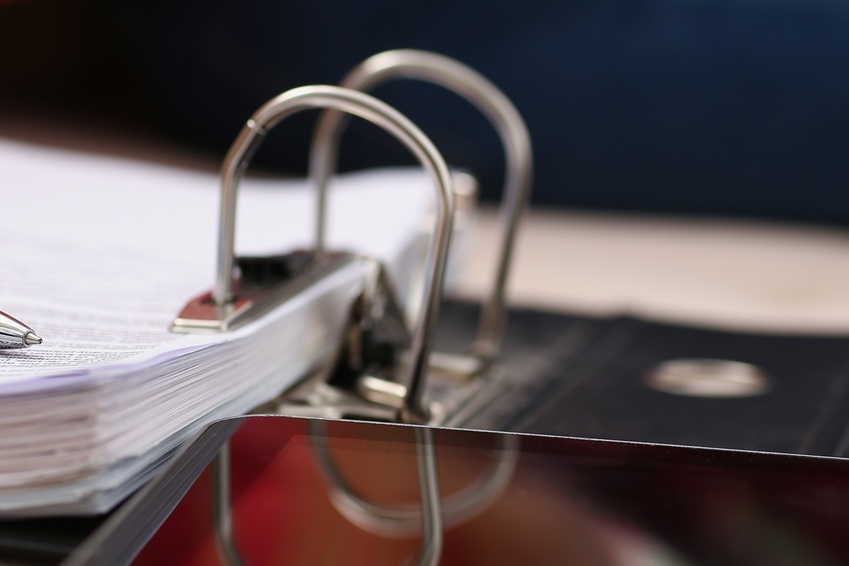
Healthcare and Medical Information
Medical information helps your family make informed decisions about your care if you become incapacitated. List all current medications, dosages, and prescribing physicians. Include information about medical conditions, allergies, and any medical devices you use.
Document your healthcare preferences clearly. Include copies of your advance directive, living will, and healthcare power of attorney. Specify your wishes regarding life support, organ donation, and funeral preferences.
Healthcare provider contact information should include your primary care physician, specialists, dentist, and any other medical professionals involved in your care. Include hospital preferences and insurance information for medical situations.
Final Wishes and Funeral Planning
End of life planning extends beyond financial and legal matters to include your personal wishes for final arrangements. Document your preferences for burial or cremation, specific funeral home preferences, and any prepaid funeral arrangements.
Include details about the type of service you prefer, whether you want a traditional funeral, celebration of life, or something more intimate. Specify music preferences, readings you’d like included, or people you’d want to speak at your service.
Where To Store Your Binder Safely
Your completed binder needs secure storage that remains accessible to your family. A fireproof safe at home provides good protection while keeping documents readily available. Alternatively, a bank safety deposit box offers maximum security, though access might be delayed after your passing.
Consider keeping one complete copy at home and another in a safety deposit box. This redundancy ensures your family can access the information even if one location becomes unavailable.
How To Keep Your Binder Current
An outdated binder creates more confusion than help. Schedule annual reviews to update account information, add new policies or accounts, and remove closed accounts. Major life events like marriage, divorce, new jobs, or home purchases should trigger immediate updates.
Share the binder’s location with trusted family members or your attorney. Consider providing key family members with copies of the most essential pages, such as contact lists and account summaries.
Create Peace of Mind for Your Loved Ones
Building an in-case-of-death binder for your family represents an act of love that extends far beyond your lifetime. This organized collection of information transforms a potentially chaotic situation into a manageable process, allowing your family to focus on healing rather than hunting for critical information.
The time you invest now in gathering and organizing this information pays dividends in reduced stress and confusion for your loved ones. While creating the binder might feel daunting initially, break the task into small, manageable steps completed over several weeks or months.
Contact Soulistic Hospice for deeply guided support surrounding end of life care and planning. Our team of loving professionals can help you set things up so that your family can focus on what truly matters: celebrating your legacy.
